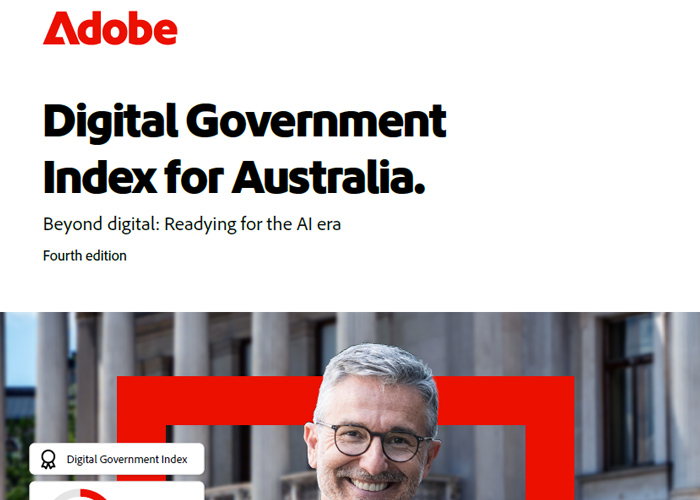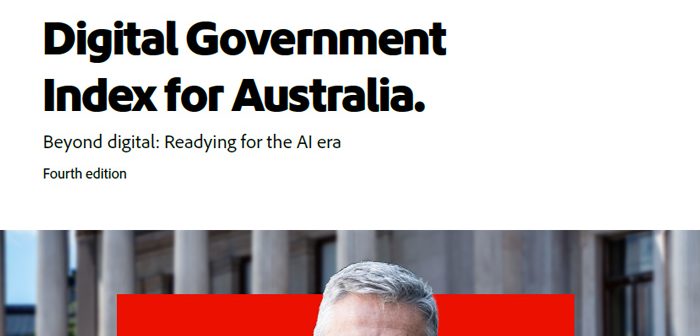
Digital public service performance in Australia has stagnated, even as AI-powered search tools rapidly reshape the way citizens find and interact with government information, according to new research from the Adobe Digital Government Index (DGI). The findings suggest that core digital capabilities across Australian government agencies are no longer keeping pace with shifting citizen expectations, raising the risk of declining trust and reduced visibility of official information online.
Government websites remain central to the delivery of public services, with national and state-level strategies emphasising accessibility, reliability and user-friendly digital experiences. Yet despite years of incremental improvement, the DGI shows that overall performance has remained largely unchanged for three consecutive years. Researchers warn that many agency websites are not optimised for the emerging AI era, where conversational and agentic AI tools increasingly act as the first point of contact for citizens seeking information.
Without stronger investment in foundational digital capabilities and modern web practices, agencies risk losing their “digital share of voice”, making it harder for citizens to locate trusted content. The report notes that the consequences are already evident: more time spent searching, increased exposure to unreliable sources and erosion of confidence in official digital services.
Australia remains a strong performer overall, ranking second globally among the seven jurisdictions tracked by the Index. In 2025, myGov again took out the top spot in Asia Pacific, followed by Services Australia. Even so, national performance — averaging 69.4 out of 100 — has essentially plateaued since 2023. Site Performance metrics saw the largest improvement this year, rising 4.6 percent, while Digital Self-service also advanced. Customer Experience dipped slightly and has remained flat since the research began in 2022.\

Five states and territories lifted their scores this year, with NSW retaining the national lead. The ACT jumped two places to second, closely followed by Tasmania, while Queensland marked the largest improvement moving into fourth position. NSW Minister for Customer Service and Digital Government, Jihad Dib, said the state’s continued leadership reflects its long-term commitment to accessibility and inclusion. “Our Digital Strategy rollout has just entered its second year, and I’m proud of the strong progress we’re making which is reflected in NSW’s ranking in Adobe’s Digital Government Index,” he said.
The introduction of a new AI readiness assessment within the DGI highlights widening gaps in how prepared agencies are for AI-driven discovery and interpretation of online content. Scores ranged from 51.1 to 73.1, with an average of 61.7 — signalling broad inconsistency across the public sector. The NSW Government again ranked highest, helped by strong digital foundations. Yet beneath solid technical performance, the report found that many agencies have low visibility in AI-generated responses, meaning accurate information is not always surfaced when Australians turn to chatbots or AI search tools for guidance.
Progress has been slowed by persistent barriers including legacy systems, organisational silos and constrained budgets, according to Adobe’s broader State of the Citizen Experience research. Some agencies, however, are beginning to address the blind spot. Services Australia, in its Automation and Artificial Intelligence Strategy 2025–27, notes: “We’re working to ensure our public-facing resources and digital presence…are optimised for easier AI consumption…so customers using AI tools are presented with information…that is up to date, reliable and relevant.”
The DGI emphasises that digital transformation is never complete; improvements in one area often expose new challenges elsewhere. Agencies that combine strong foundational capabilities with deliberate investment in AI readiness will be best placed to maintain trust, relevance and discoverability as citizen behaviour continues to shift.
You can read the full report here.





